Another new year upon us and it is time to look ahead to the trends that are likely to dominate the procurement world over the coming months. We will also take a look over our shoulder at what have been the biggest issues of 2022, and how these have shaped our perspective as we head boldly into 2023.
If you want even fresher trends - check out our post on Procurement Trends in 2024!
We said last year that crisis breeds change, and this continues to be the case 12 months on. With a couple of isolated exceptions, the world has consigned the pandemic to history. Yet its consequences continue to be felt in a variety of ways, from skill gaps exposed by the Great Resignation to the impact of escalating fuel costs on supply chain logistics.
These factors could reasonably have been predicted. However, few of us could have guessed that Russia’s military action in Ukraine would also have the far-reaching consequences we have seen over the second half of 2022.
Looking Back on the 2022 Trends
Before we dive into our predictions for the top procurement trends in 2023, let’s revisit just a few of the trends we were expecting to dominate the industry this time last year.
Businesses Prioritizing Supplier Performance Management (SPM) Technology
In December 2022, Harvard Business Review published survey data showing that “almost all” respondents described SPM as “critical.” However, with only 21 percent feeling that their current technology is up to the task, converting strategy into action clearly remains a work in progress. HBR observed that those businesses that have implemented SPM systems are feeling the benefits in terms of improved transparency, collaboration, and productivity, better security and reduced costs.
Digital Transformation Towards Integrated Ecosystems
This was always going to be something of a work in progress, but we reported last year that 2022 looked set to be a bumper year for implementation and adoption of modern procuretech solutions. While statistical data on who has achieved what is thin, we can report that 56 percent of CEOs say digital improvements have already had a positive impact on profits. You can also explore specific examples of businesses that have benefited from procuretech implementation by having a read through some of our case studies.
North America Follows in Europe’s Green Footsteps
President Biden kicked off 2022 by signing an executive order that demonstrated the United States’ commitment to “lead by example” in tackling climate crisis through its “scale and procurement power.” The Order encompasses some bold and ambitious comitments including 100 percent carbon-free electricity production by 2030 and net-zero emissions from federal procurement no later than 2050.
Top 13 Procurement Trends in 2023
1) Advanced Analytics
Data from Gartner shows that three out of four supply chain executives place advanced analytics among the two most crucial supply chain technologies. For decades, businesses have relied on spreadsheets to track vital supply chain management information. These systems are simply not fit for purpose when it comes to today’s complex and data-rich supply chains.
With advanced analytics, managers and executives can take a holistic view of the supply chain, with its strengths, weaknesses, bottlenecks and pain points clear for all to see.
Read more about what modern Supplier Information Management looks like here.
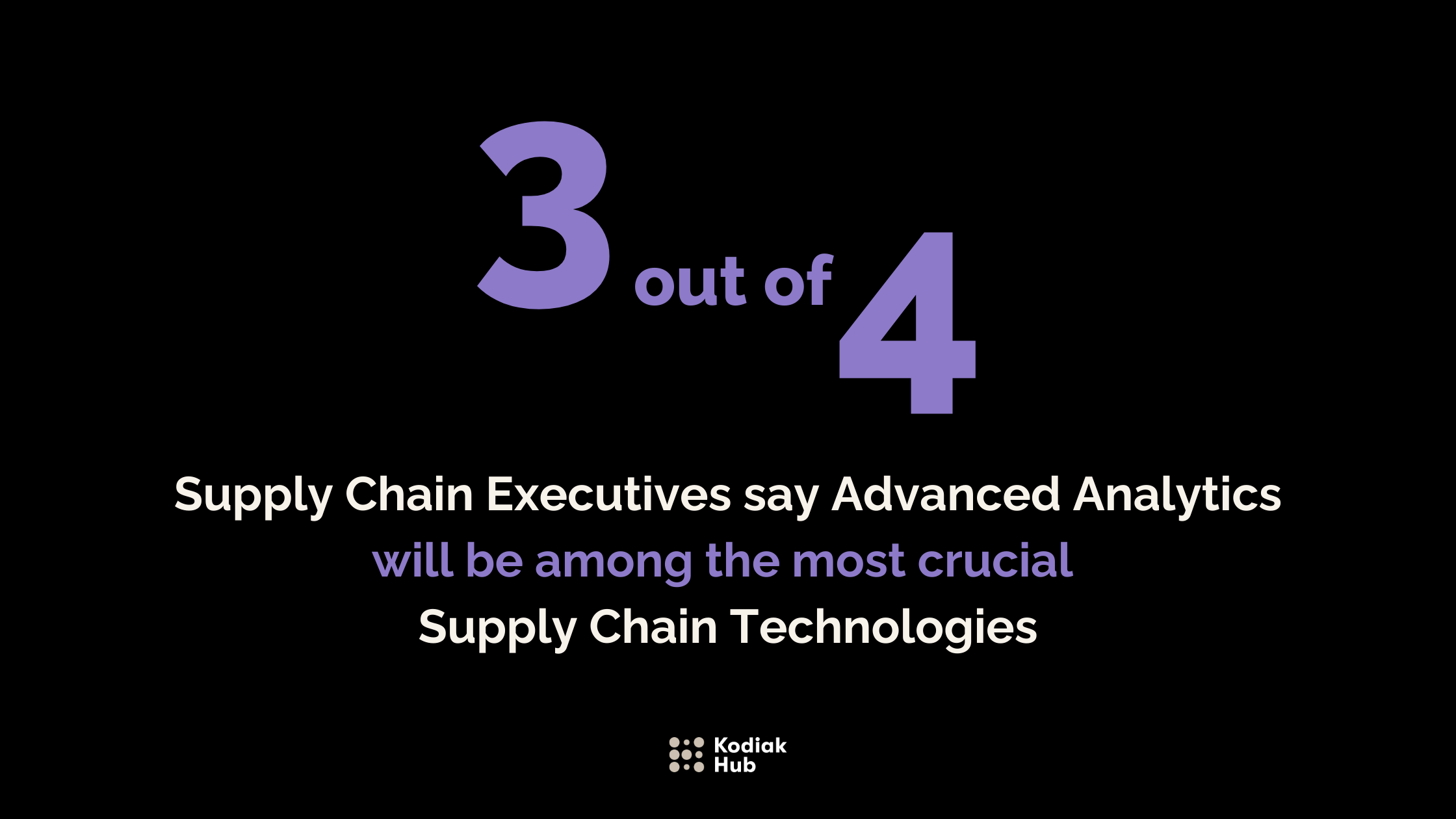
2) Sustainability Back to the Front & Center
The events of 2020 pushed all other considerations to the back burner, and not least sustainability. Suddenly, from container depots to coffee shops, reusing was on hold and we were back to the throwaway society of 15-20 years ago.
That cannot and will not continue. Procurement professionals are as aware as anyone that both customers and investors prefer to work with businesses that are serious about sustainability.
There is a 2016 paper by McKinsey that comes up again and again. This shows that 80 percent of the average company’s carbon emissions come from its supply chain. Conscious consumers and indeed investors are piling on the pressure to make sure companies do the right thing. Expect to see procurement professionals placing sustainability at the heart of their strategies in 2023.
Going net-zero is no longer a lifestyle choice. Consumers are, not unreasonably, saying that if the likes of Unilever can commit to a 2030 deadline of zero carbon emissions, why can’t small and midsize companies do the same? Procurement teams need to play an active role in making this a reality, and will find sustainability near the tops of their agendas in 2023 and beyond.
Explore how an SRM system like Kodiak Hub can enhance your supply chain ESG & Sustainability.
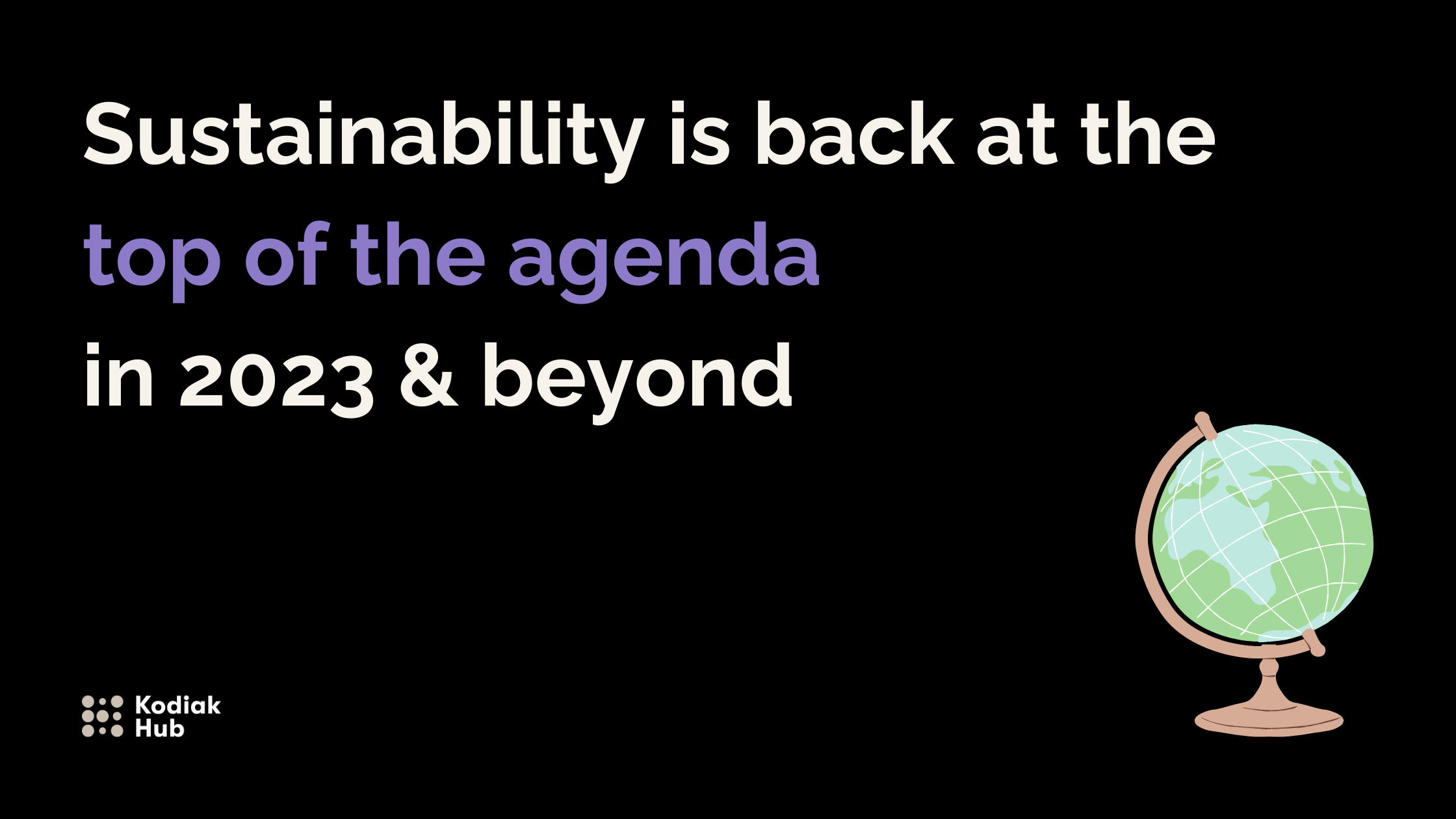
3) IoT & the Digital Supply Chain
The internet of things touches on every aspect of our personal and professional lives. The International Data Corporation predicts that the number of IoT connected devices will increase from around 14 billion today to something in the region of 50 billion by 2025.
IoT is a vital enabler in procurement, and its applications will come into sharper focus in 2023. IoT gives companies clearer visibility of everything from spending to consumer consumption patterns. Every stage of the supply chain can be monitored using real time data, leading to better-informed decision making. This kind of overview enables companies to have a tighter grip on the realities of supply and demand and empowers them to make more streamlined and efficient negotiations with suppliers. It all adds up to reduced costs and enhanced value.
IoT can also fulfill a vital role in tracking the movement of goods within the supply chain. This is about more than efficient logistics. It can also help to increase efficiencies and reduce costs by more timely identification of equipment faults, leakages and so on.
Realizing the optimum benefits from IoT means having the right Supplier Relationship Management infrastructure in place in order to be IoT ready.
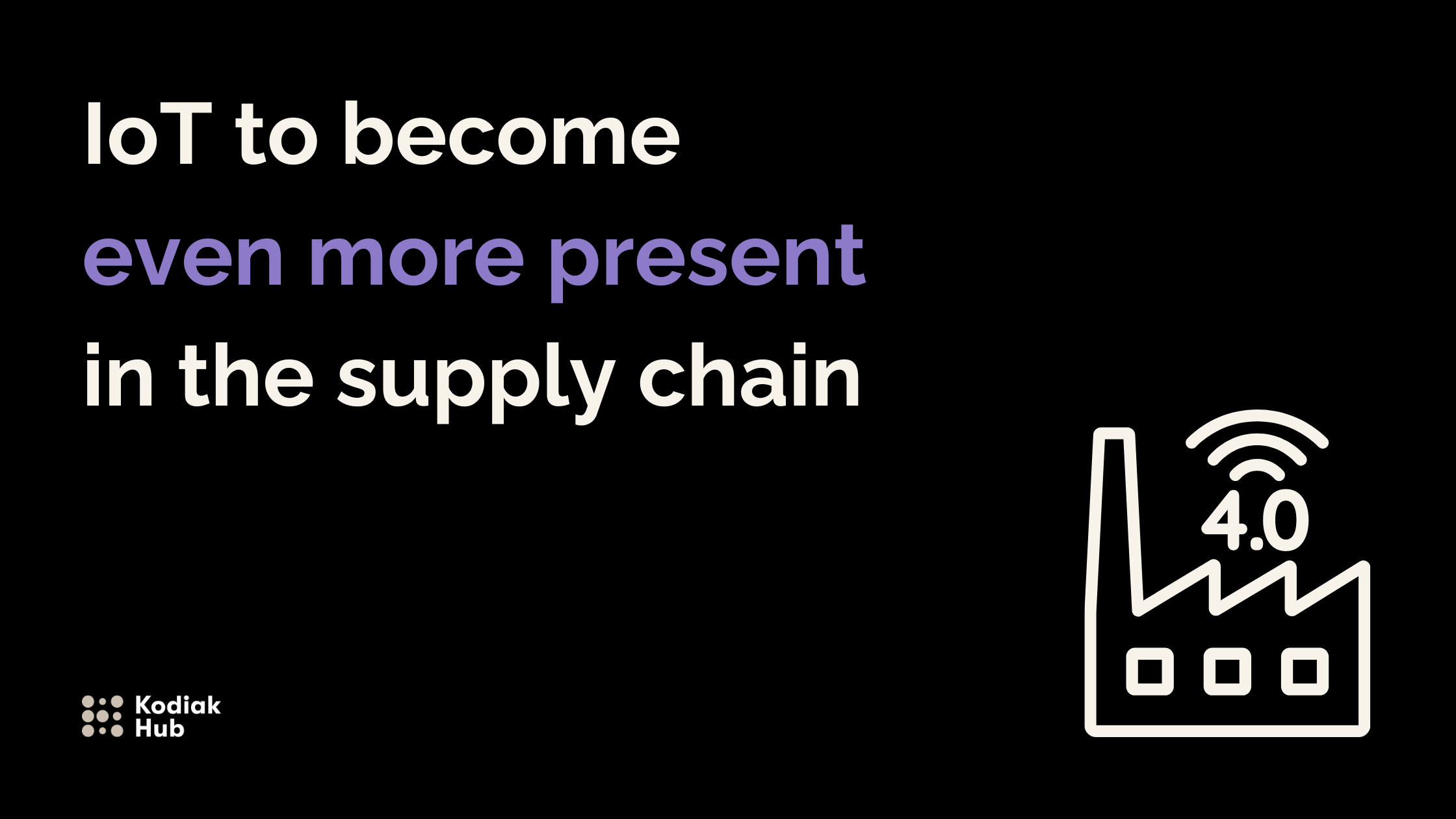
4) Demand Could Lead to Oversupply
2022 saw demand outstripping supply in a number of key areas. That trend could reverse dramatically in 2023 as the world continues to slide into global recession. There were signs of what is to come in summer, when major retailers launched impromptu sales to shift clothes and homewares that had finally flooded their inventories from orders placed in 2021.
That could be a foreshadowing of things to come in the months ahead as consumers continue to keep belts tightened in difficult economic times. Inventory management is going to be more closely under the microscope than ever as businesses potentially face overstocking issues throughout 2023.
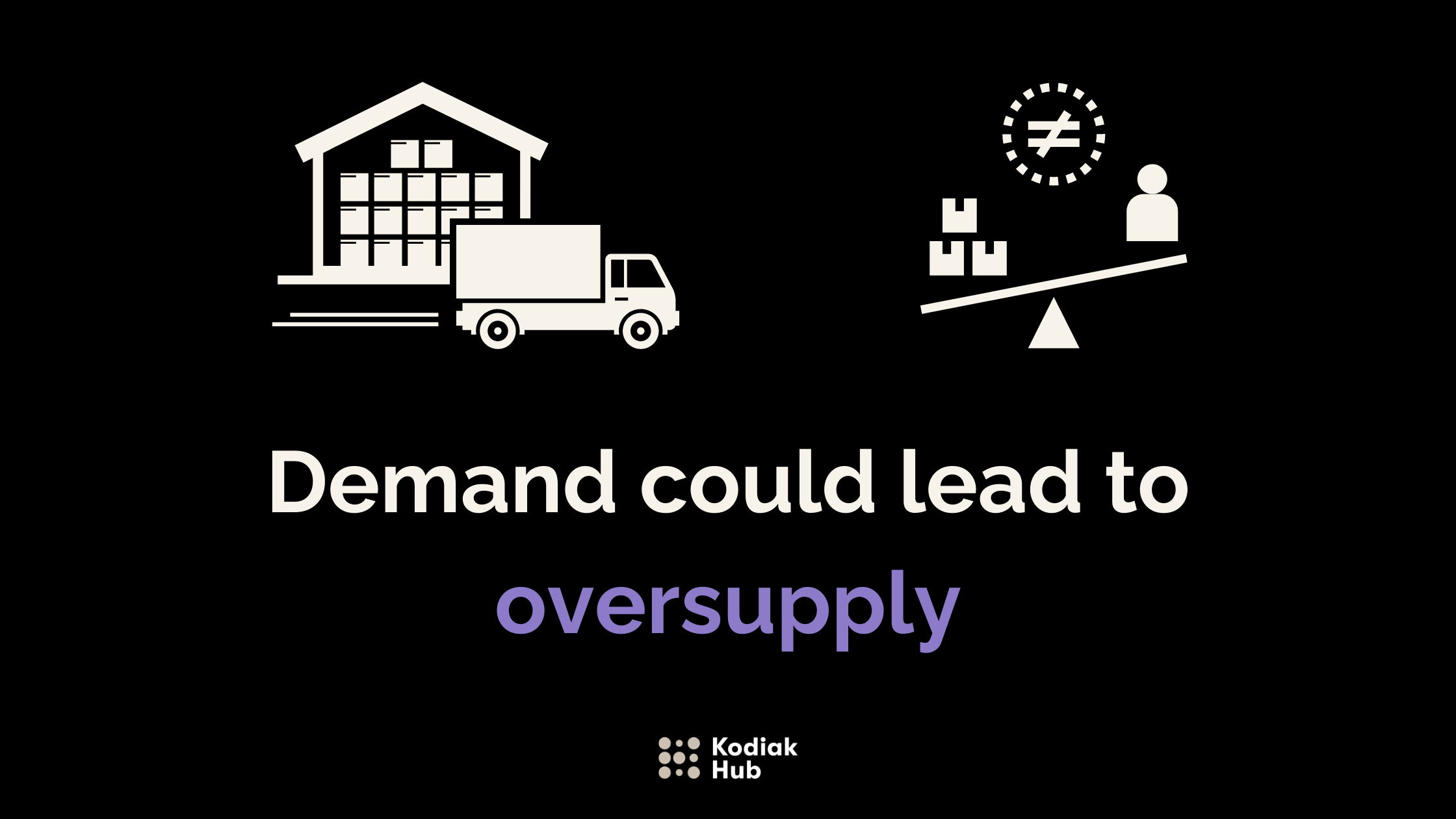
5) Building Relationships as Well as Software Systems
Another lesson from recent years that we can carry forward into 2023 and beyond is that close relationships help maintain stable supply chains in times of difficulty. In a State of Flux study with 424 respondents, 60% said joint activities with Suppliers was the best mitigating action to counter supply chain disruptions during 2022.
We don’t know what is in store, but given the social, economic and political events of recent years, it would be unrealistic to assume entirely calm seas ahead.
Contingency planning is a whole topic on its own, but maintaining close relationships with suppliers is vital for facing whatever challenges or emergencies might be around the corner. Of course, relationship building means something a little different today than it did in the past. It’s not so much about personal relationships and golf days - although there is certainly still a place for that side of things. However, it is more about finding synergies so that businesses and their suppliers work more closely together and are invested in each other’s business success as well as their own.
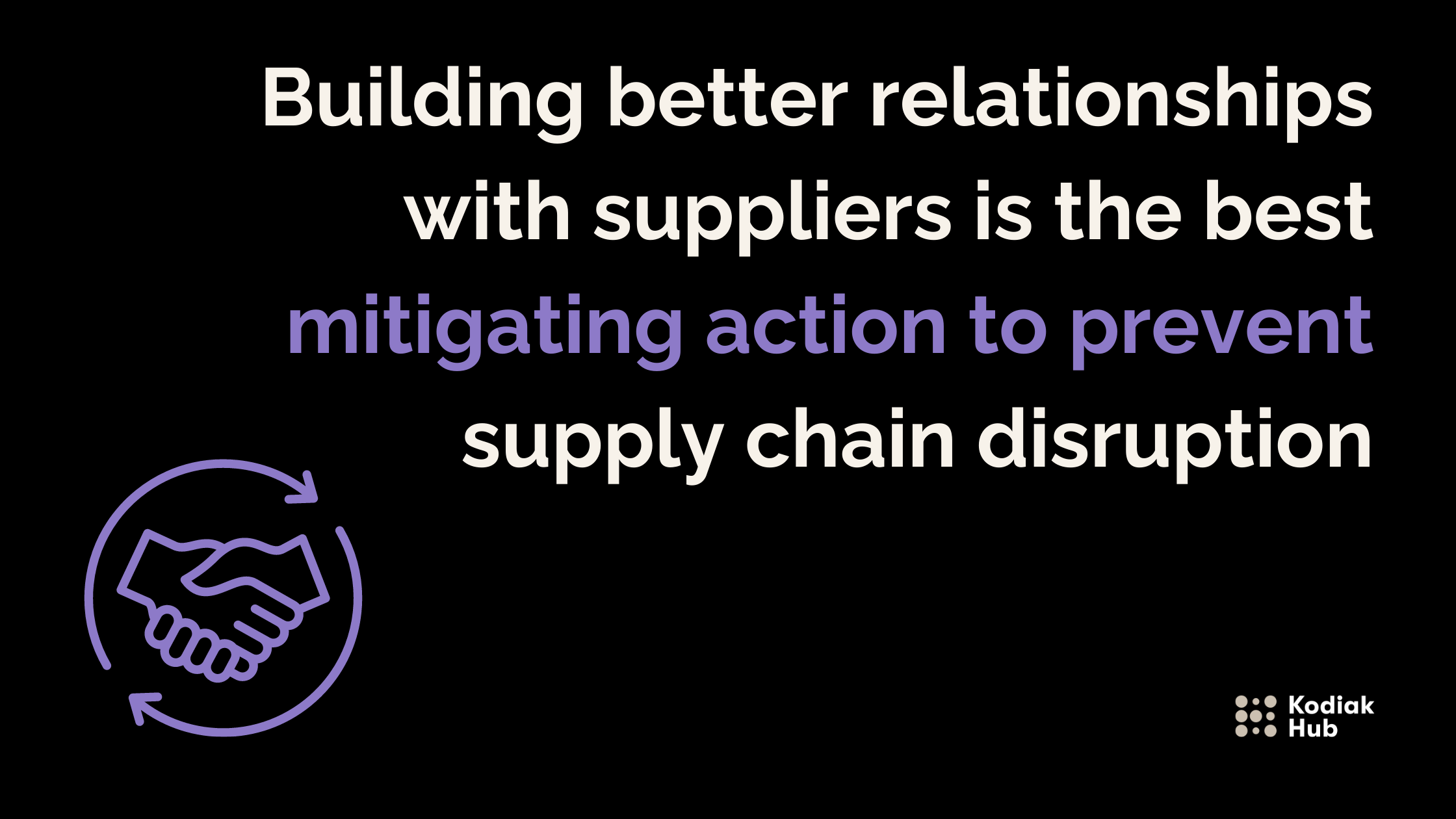
6) Facing Up to Cybersecurity Risks
Cybersecurity is a risk that cannot be underestimated. Reinsurer SCOR recently published a report that showed that cyber attacks on supply chains went up by an almost mind-boggling 430 percent in 2021.
Meanwhile, in a PwC survey earlier in 2022, 60 percent of businesses admit that they “don’t have full visibility” of the cybersecurity risks that exist within their supply chains. Perhaps the most telling word here is “admit” - even with the other 40 percent, we only have their self-declaration in a survey to rely on.
Clearly, this is a situation that is untenable, and millions of businesses will take a deep breath and face up to their cybersecurity risks head-on during 2023. We have seen the consequences of inertia time and again over the past couple of years, from SolarWinds to Mimecast. Embedding cybersecurity into every aspect of supply chain management will be one of the most powerful and compelling drivers for revitalizing procurement processes in 2023.
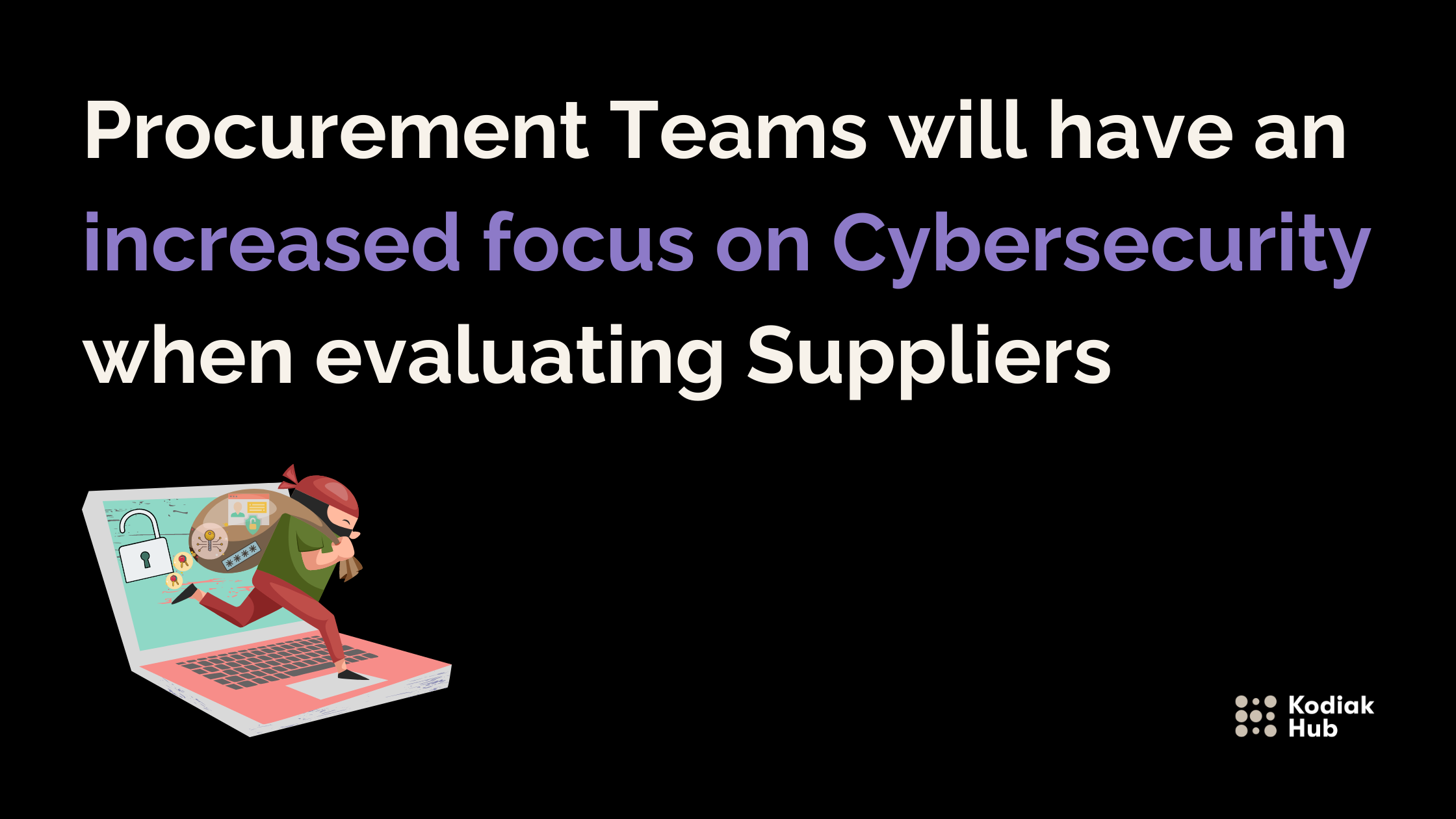
7) Managing Tier-N Suppliers Continues Positive Trend
A little like cybersecurity, this is another area of risk in procurement and supply chain management that has attained such a high profile that it can no longer be left in the “too difficult” pile for another day.
Another one of McKinsey’s surveys revealed an increasing trend in better tier-n supplier visibility among businesses when comparing 2021 to 2022. The survey showed that in 2022, 39% of companies reported that they have visibility of their tier-2 suppliers, compared to 21% the year before. For tier-3 supplier the increase went from 2% reporting visibility to 11% during 2022. A very positive trend that we think will continue as there are still many companies left with no or only tier-1 visibility.
Ignorance is no defense, but trying to obtain this kind of information using the manual systems of yesteryear was complicated and time consuming. It also left the poor individual asking the question feeling that he or she way prying into other people’s business. However, modern technological solutions and self declarations for suppliers make what used to be an awkward aspect of due diligence significantly easier.
Discover how to enhance your Supply Chain Mapping and drive Supplier Collaboration with an SRM system.
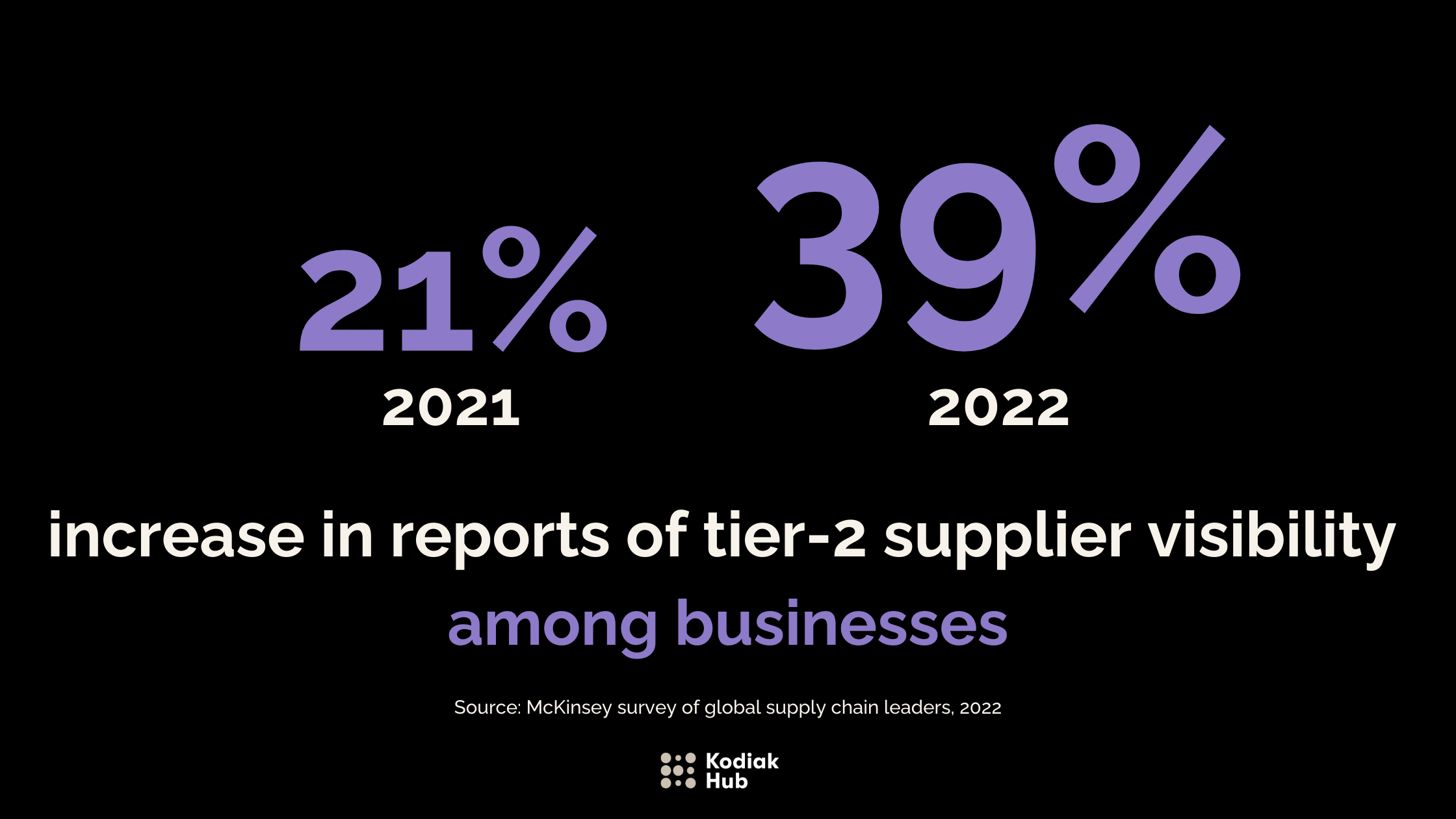
8) Supply Chain Agility
It is reasonable to say that as recently as 2019, this was considered a quality that were “nice to have” as opposed to critical for business success. Businesses, and supply chains, are wiser than that now.
Businesses need to have the agility to react rapidly to changing situations, and unless that agility extends into the supply chain, all other initiatives are futile. Supply chain agility will be a core theme in 2023 and can be achieved through better supply and demand forecasting through use of real-time data, closer relationships with suppliers, distributed inventory and use of technology for more accurate inventory management.
9) Supply Chain Resilience
This topic goes hand in hand with the previous subject of supply chain agility, as it also comes down to a supply chain’s ability to react to rapidly changing situations and to recover from business interruption events.
Resilience needs to encompass three categories, which are as follows:
- People - having skilled procurement and supply chain specialists in place and a properly structured team that can manage supplies on the one hand and suppliers on the other. It is not enough for them to be properly skilled, they must also have complete awareness of what is happening in the supply chain, from price adjustments to political influences.
- Process - as a natural consequence, effective processes must be in place to allow the people to do what they do best. We will not go into them in detail here, but in brief, these processes cover such areas as supplier management, inventory control and market research.
- Technology - the above processes are enabled by appropriate technology from Supplier Relationship Management solutions to Enterprise Resource Planning software.
.png?width=720&height=405&name=Blog%20Image%20(30).png)
Explore how Kodiak Hub's SRM system enhances your Supply Chain Risk & Resilience Management here.
10) Increased Investment in Digital Transformation
We touched on this subject earlier when discussing last year’s key trends, and it is something that is not going away in the months ahead. On the contrary, global spending on digital transformation is expected to hit $6.8 trillion in 2023.
This acceleration will be driven by businesses taking hold of technology as a tool with which to mitigate the broader economic risks we will all be facing in 2023. Typically, technology transformation is seen as being focused on back office tasks or improving customer engagement. However, look for signs of that shifting in 2023 towards supply chains and operational processes and capabilities.
This trend is lent support and momentum by some major and influential technology players shifting their perspective in the direction of a more holistic approach. This means incorporating supply chains into an overe-arcing platform rather than having them bolted on as discrete systems.
11) Circular Supply Chains
Circular supply chains are rapidly replacing old linear systems for reasons of money-saving and better sustainability through reduced waste. The way it works is that used products are fed back into the supply chain to be reused, recycled, refurbished or repurposed.
A circular supply chain enables businesses to spend less on materials as well as helping them get a step closer to their sustainability goals. As such, expect to hear the phrase with increasing regularity in 2023.
Government regulations are in some way forcing businesses’ hands in adopting circular supply chains faster. However, doing so also aligns with some of the customer and investor expectations mentioned earlier.
Discover how to improve sustainability throughout your entire supply chain with Supplier Innovation, Improvement Projects, and Collaborative R&D.
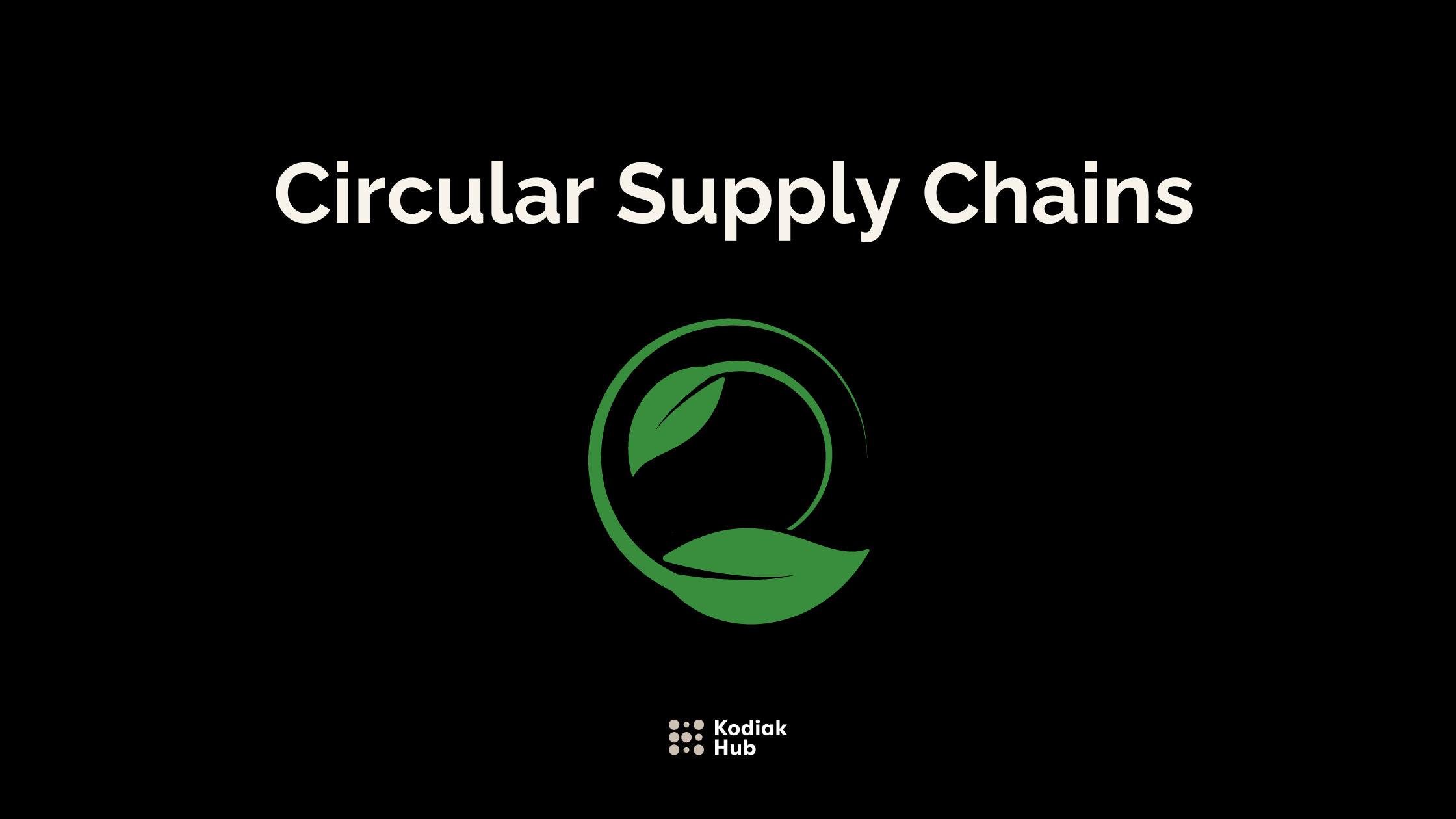
12) Redefining the Role of the CPO
The role of the CPO has evolved considerably in recent years. In 2023, more companies will redefine it entirely. CPO should no longer be seen as a purely operational function, but as a key strategic role. It is one that is even more critical in shaping the way an organization does business during challenging times.
Hervé Le Faou, CPO at Heineken describes the role of today’s CPO as more akin to a Chief Value Officer, one who goes about the business of creating value through shrewd business partnering, digital and technological innovation and sustainability, future-proofing the business model.
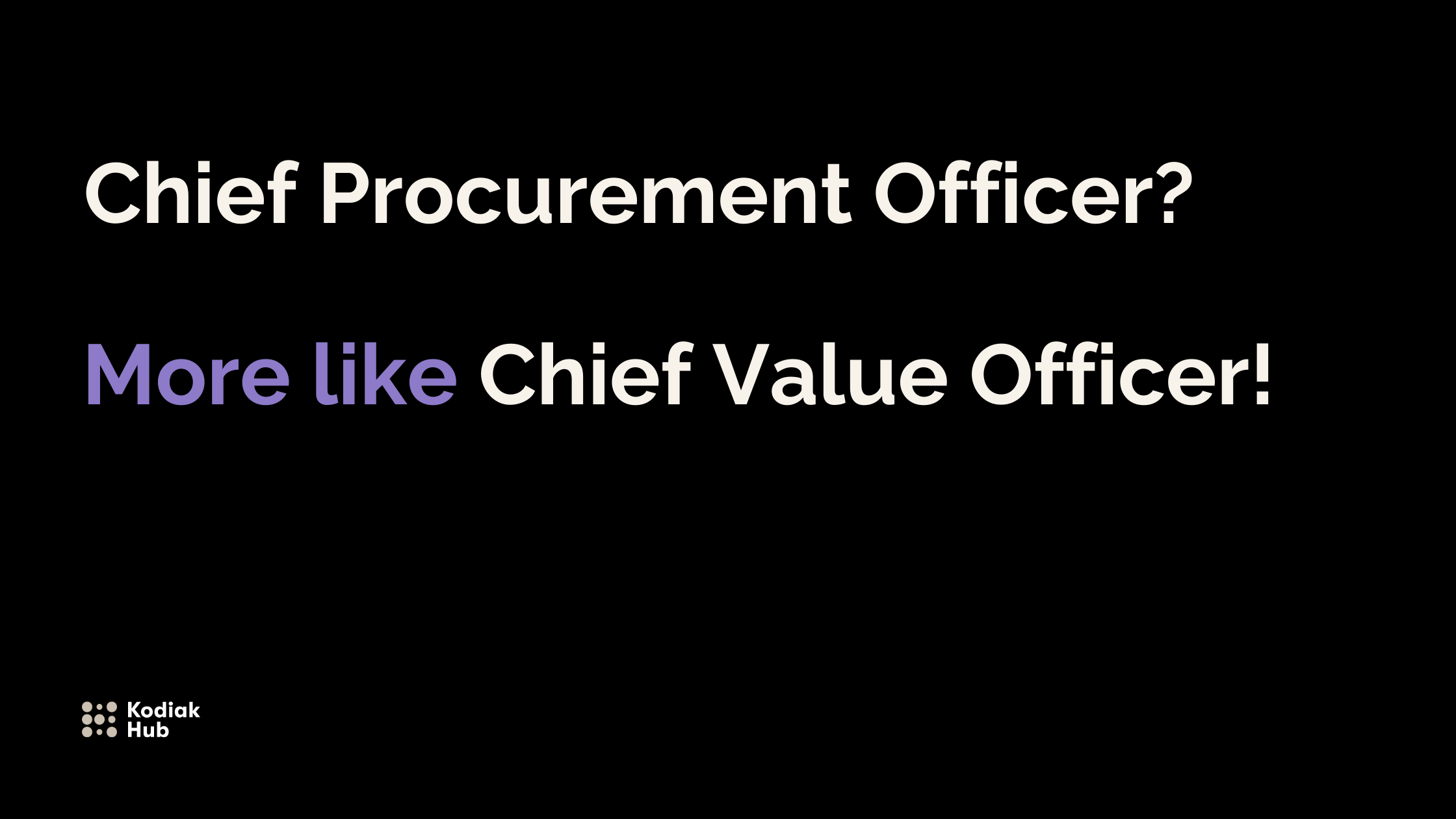
13) Returning to the Old Normal
The foregoing hints at a year of transformation and global upheaval. Taking a wider perspective, however, that in itself represents a return to business as usual compared with what we have all experienced since 2020.
After almost three years of adapting to the “new normal,” the Logistics Manager’s Index for September 2022 predicted a return to “business as usual” over the subsequent 12 months. Meanwhile, supply chain research specialists at Sea-Intelligence said the congestion that has become part of the global logistics landscape over the past couple of years is now clearing at a faster rate than ever. Their report, published on October 2022, went so far as to predict “a full return to normality” by the end of the first quarter in 2023.












